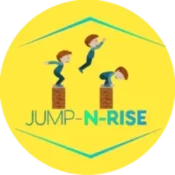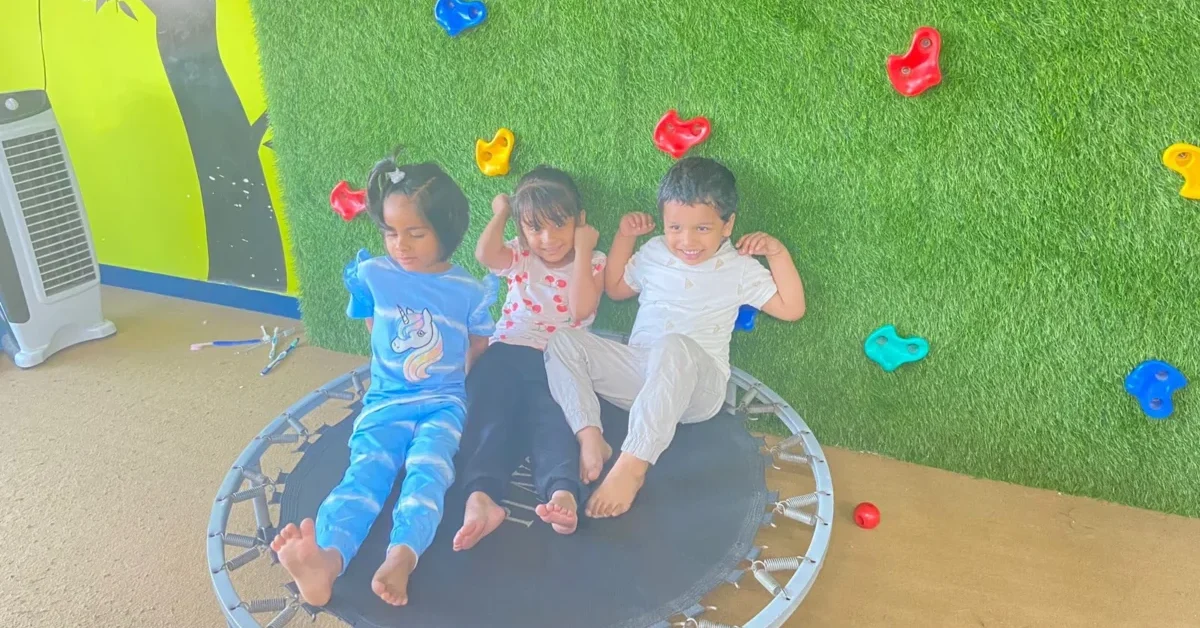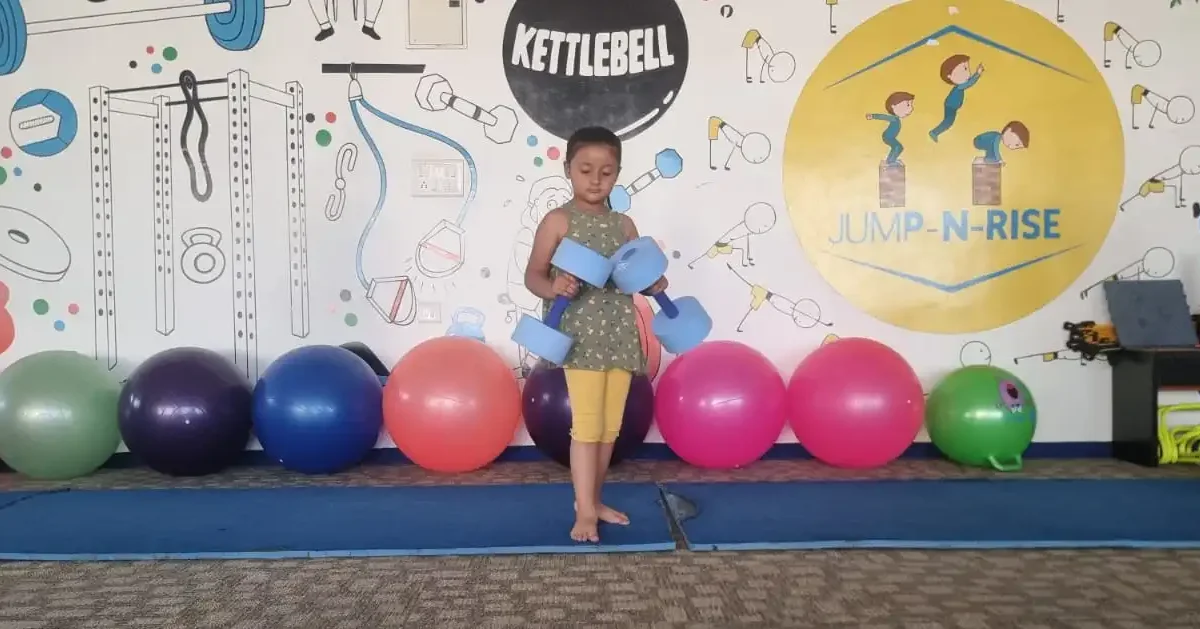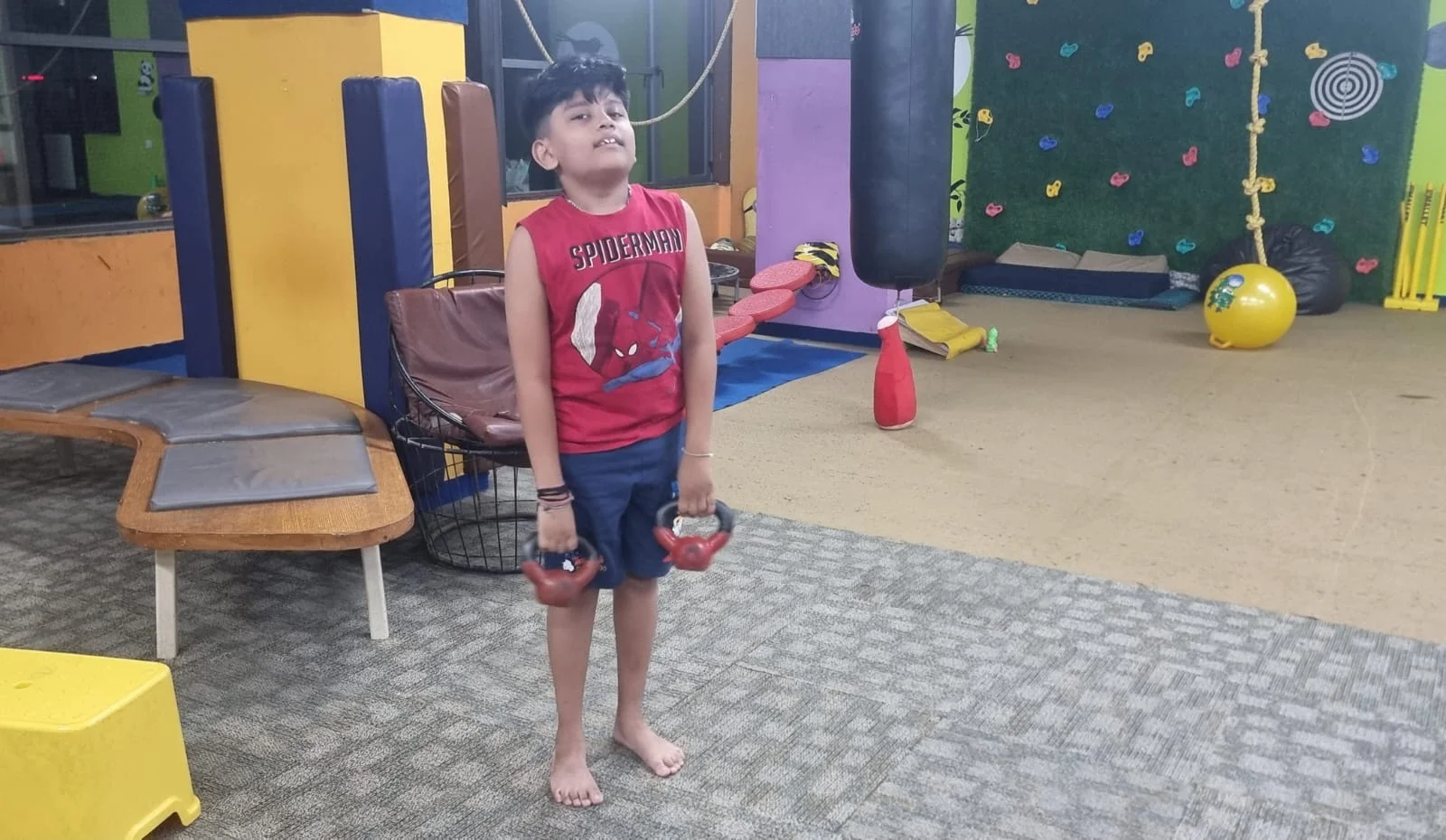Gymnastics: The Key to Unlocking Physical and Emotional Growth for Children with Autism
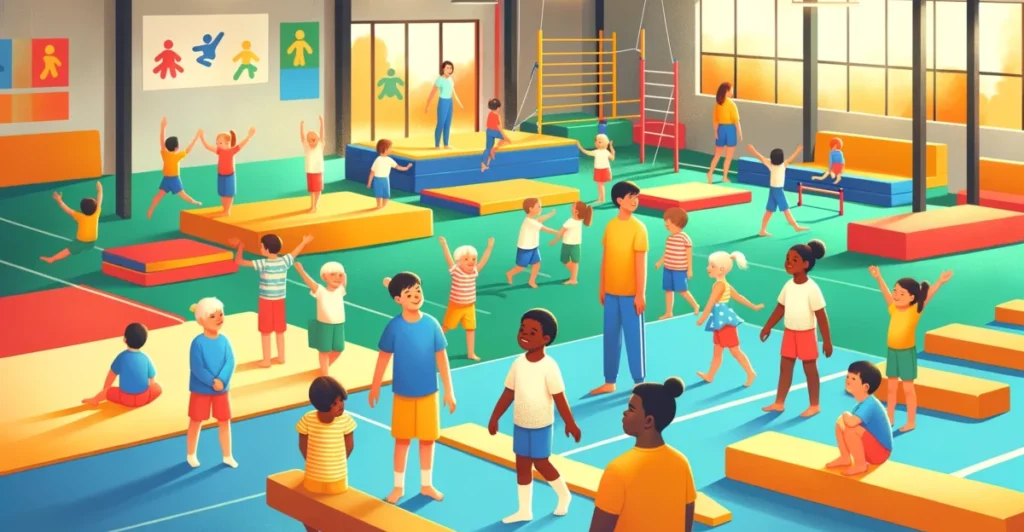
Are you a parent to a child with autism, aged 3 to 15? Searching for ways to support their development can be overwhelming. We offer an exciting solution: fun-filled growth.
Enter the world of gymnastics – a supportive and beneficial activity that has shown remarkable benefits for children with autism.
In this blog post, we will explore the many advantages that gymnastics offers for children with autism.
These benefits range from improving social skills to enhancing physical abilities.
Find out how this amazing activity can make a positive difference in your child’s life and give them a caring place to grow and develop.
Get ready to witness the power of gymnastics for autism students!
Overview of Autism and How Gymnastics Can Help
Autism is a neurological condition that impacts a person’s social communication and behavior. Children with autism often face challenges in physical activity and learning.
But, participating in fitness activities, such as gymnastics, can provide unique benefits for them.
Gymnastics is a sport that combines strength, flexibility, balance, and coordination. It includes different parts, such as floor exercises, balance beam routines, vault, and uneven bars.
These routines provide a variety of physical movements and challenges. For children with autism, gymnastics can meet their special needs within a fitness context.
It provides structured environments, clear instructions, and opportunities for sensory integration. Gymnastics routines can enhance motor skills, body awareness, and physical development.
According to a study published in the Journal of Autism and Developmental Disorders, gymnastics also promotes social interaction and communication skills.
The versatility of gymnastics routines allows for individualized adaptations and progressions. Coaches can change exercises to think about sensory sensitivities and assist each child based on what they’re good at
Gymnastics provides a friendly and inclusive place.
The Physical Benefits of Gymnastics for Students with Autism
Improving Gross and Fine Motor Skills
Gymnastics can be a powerful tool for enhancing the motor skills of students with autism. The different exercises in gymnastics routines make both big and small muscles stronger.
Doing things like swinging on bars or jumping on the vault makes different muscles work together, improving big muscle skills.
At the same time, activities like balancing on the beam or holding a handstand helps make small motor skills better.
These exercises ask students to get good at exact movements while getting stronger, more in control, and flexible.
By engaging in these exercises, students with autism can enhance their motor skills and gain better control over their bodies.
Enhancing Balance and Coordination
Gymnastics is well-known for improving balance and coordination. This is especially helpful for students with autism.
Routines like walking on a narrow beam or doing tricky floor exercises helps students get better at balancing.
Students can get better at coordination by practicing different moves. For example, they can do exercises to coordinate their hands and eyes on the bars or land carefully after doing a tumbling move.
By engaging in these activities, students with autism can improve. They can enhance their balance, coordination, and body control.
Building Core Strength and Stamina
Gymnastics plays a vital role in building core strength and stamina among students with autism.
Various exercises in gymnastics routines engage core muscles. These include the abdominal, back, and pelvis muscles.
These muscles provide stability and control. They enable students to perform complex movements with strength and precision.
For students with autism, having strong core muscles is crucial.
It helps with better control and coordination during daily activities, like sitting at a desk or carrying a backpack.
Regular participation in gymnastics also improves stamina. This improvement allows students to sustain physical activity for longer periods.
By engaging in gymnastics and developing core strength, students can enhance their physical abilities. This, in turn, supports their wellness.
For parents interested in providing these benefits to their children, our ‘Gymnastics Classes in Ahmedabad‘ offer a tailored, supportive environment for children with autism to grow and thrive.
Cognitive and Emotional Growth Through Gymnastics
Gymnastics is not just a great physical activity for all kids. It also brings various cognitive and emotional advantages, especially for students with autism. Such as:

Developing Focus and Concentration

Boosting Self-Esteem and Confidence

Fostering Resilience and Coping Skills
By engaging in gymnastics, these students can develop focus and concentration skills that are vital for their growth.
Furthermore, doing gymnastics makes students with autism feel proud and good about themselves.
Learning new things and facing challenges helps them feel sure of what they can do.
This sense of achievement not only boosts their emotional well-being. It also gives them the confidence to face new challenges in other aspects of their lives.
Another perk of gymnastics for students with autism is the chance to grasp resilience and coping strategies.
In this sport, they learn to keep going even when things get tough, to push themselves, and to recover from setbacks.
These abilities are crucial for handling challenges in social interactions and school.
Gymnastics includes group activities for students with autism. It provides a supportive environment for them to take part and interact with their peers.
It allows them to improve their social skills and build meaningful connections.
In conclusion, gymnastics is a powerful tool for the cognitive and emotional growth of students with autism.
The Impact of Gymnastics on Social and Communication Skills in Students with Autism
For students with autism, getting better at talking to others and being social is super important for growing up well.
We need to find good ways to help with this. Gymnastics is great because it mixes moving around and talking with others.
It makes a place where students with autism can do really well.
The Role of Gymnastics in Promoting Peer Interaction
Being with other kids is good for students with autism. It helps them make friends and work together.
Gymnastics classes create an organized and welcoming place for students to be with their peers. This makes them feel like they belong and are part of a group.
Doing activities together, like routines with a partner or exercises in sync, helps students with autism learn important social skills. It also helps them form strong friendships
Enhancing Communication Abilities through Group Activities
In gymnastics, working together in groups is perfect for students with autism to get better at talking.
They can talk with their coach or use gestures to move together with their friends. Gymnastics helps with both talking and using non-verbal cues.
Engaging in these activities helps students speak up. It also helps them get better at understanding social signals.
Moreover, it makes their communication skills stronger
Learning to Follow Instructions and Understand Cues in a Supportive Environment
Following instructions and understanding cues can be challenging for students with autism.
Gymnastics gives students a well-organized and helpful place to learn and practice these important skills.
Coaches give clear and short instructions, helping students get better at understanding and following directions correctly.
Also, different gymnastics exercises and routines include following cues from teammates, making students better at responding to what they see and hear.
Parental Guidance and Support in Gymnastics for Special Needs
Parents play a crucial role in their child’s gymnastics journey, especially for children with autism. Your support can make a world of difference.
Here’s how:
- Celebrate Small Wins: Every little achievement in gymnastics matters. Applaud their efforts and progress, no matter how small.
- Practice at Home: Reinforce skills learned in class with simple at-home activities. This can boost their confidence and enjoyment.
- Stay Involved: Show interest in their gymnastics activities. Ask about their experiences and feelings, reinforcing the positive aspects.
Choosing the Right Gymnastics Program for Your Child
Selecting the ideal gymnastics program for a child with autism involves careful consideration:
- Inclusivity: Choose programs that include everyone, where each child’s needs are understood and addressed with special strategies.
- Qualified Staff: Make sure the teachers know how to work with children with autism. Ensure they are also understanding and empathetic.
- Facility Accessibility: The place should be safe, cozy, and considerate of sensory needs.
Explore Gymnastics at Jump-n-Rise: A Path to Growth
In conclusion, gymnastics offers significant advantages for children with autism. It improves their physical, cognitive, and social skills in a supportive environment.
At Jump-n-Rise, we recognize these special needs. We provide a program focused on safety, inclusivity, and tailored support.
We invite parents to explore how our gymnastics classes can make a positive difference in their child’s life.
For more details or to sign up for a trial class, please contact us at Jump-n-Rise. Let’s embark on this rewarding journey together!
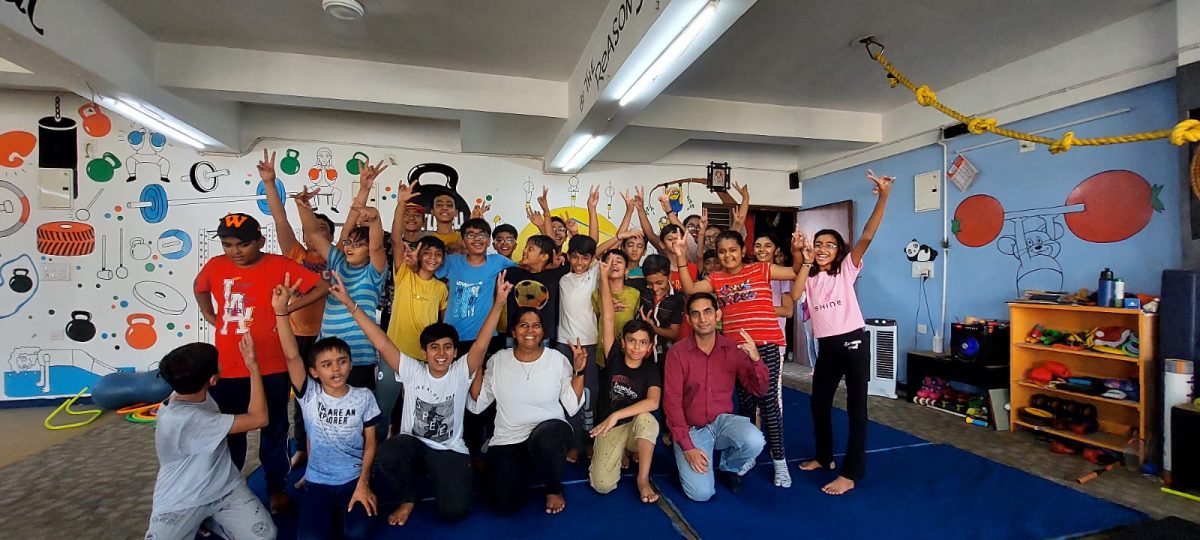
FAQs related to Gymnastics Classes for Adhd Students
Is gymnastics good for autistic children?
Yes, gymnastics can be really good for autistic children. It helps them with balance, strength, and even in making friends. The routines and activities in gymnastics can also help them focus better.
Is jumping good for autistic child?
Jumping can be great! It’s fun and helps with physical strength. It can also help autistic children feel more connected to their bodies.
How does gymnastics specifically benefit children with autism compared to other physical activities?
Gymnastics is special because it mixes physical activities like balancing and jumping with learning to listen and work in a group.
What are the key factors parents should look for when choosing a gymnastics program for their child with autism?
Look for programs where teachers know a lot about autism, where it’s safe to play and learn, and where everyone is welcome.
How Jump-n-Rise Meets the Needs of Autistic Children?
At Jump-n-Rise, we make sure our gymnastics classes are safe and fun. We understand how to help children with autism learn and grow in our classes.
